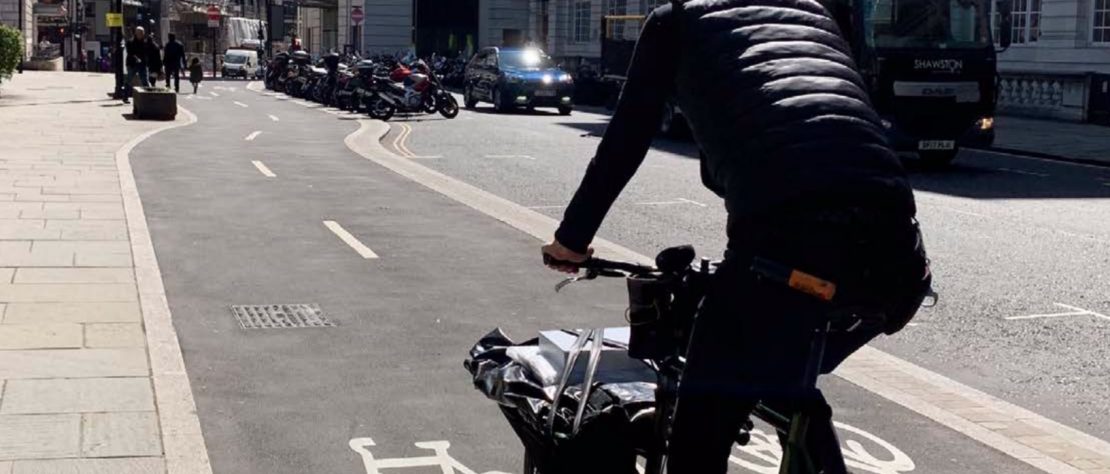Update April 2020; with the curent Covid-19 crisis we don’t expect to see the revised transportation strategy until mid-year; this will be the final version and it will not being going out for further consultation. We hope that this 2nd version takes our comments, as well as input from other community groups, into account and that it is a much improved document as a result.
As at January 2020, we are waiting to see the revised Islington Transportation Strategy. The change in the Council lead on Transport and Environment to Cllr Rowena Champion has meant an understandable delay in publishing version 2. We hope that the revised version will address many of our concerns and that we will see it before the next ‘purdah’ leading to the London Mayorial elections.
What: Islington 2019–2041 Transport Strategy consultation
When: Respond by 29 September 2019
Ask: Support the goals, but ask for policies to reduce parking spaces by 3% per year and define ‘low-traffic neighbourhoods’ and set a goal for how many of them to implement.
How: Visit the consultation page to read the document, then take the “Survey“
Islington has released the draft of their 2019–2041 Transport Strategy. The Strategy has some laudable goals:
- Carbon-neutral by 2030
- Diesel-free by 2030
- 30 million fewer yearly VKT in the borough by 2030
- A school street for every school, removing traffic during pick-up and drop-off times
But the policies they propose to meet these goals are far too weak. To put it simply: using a car for short trips needs to be more time-consuming and expensive than it is today. Currently, the costs of short car journeys are borne by residents (through air and noise pollution, road danger, and public space dedicated to car parking). When short journeys are faster and simpler on foot or by bike instead of by car, more people will choose the carbon-free mode, reducing congestion for everyone. And by reducing car traffic on neighbourhood streets, it will make cycling and walking more attractive to people of all ages and abilities.
We urge you to demand these changes in your response:
- Reduce parking spaces by 3% per year. The Strategy proposes to reduce the number of cars owned by Islington residents by 1,900 by 2030 and 2,500 by 2041, which sounds like a lot. But between 2001 and 2011, the number of cars owned by Islington households fell by 6,500. This new goal is in fact extremely weak. By contrast, Copenhagen has had a policy to reduce the number of parking spaces in the city centre by a fixed percentage every year. This allows more space for cycle tracks, parklets, cycle parking, and pavement widening. It also makes owning and using a car a less attractive proposition for residents.
- Define and set a goal for low-traffic neighbourhoods. There is a reference to low-traffic neighbourhoods in passing on page 36 of the Strategy document, but it’s not defined and there is no goal set for how much of the borough will be covered by one. A low-traffic neighbourhood is a network of streets which do not allow through traffic, and has a size of 1 to 1.5km2. The document needs to spell this out clearly. In addition to defining it, Islington needs to say how many low-traffic neighbourhoods they will implement over the next 20 years. Implementing just a single one would meet the Principle they’ve set out now, but would have a negligible impact on emissions.
Please respond today! Scroll to the bottom to see the Executive Summary and the Full Strategy and then click the “Survey” button.

